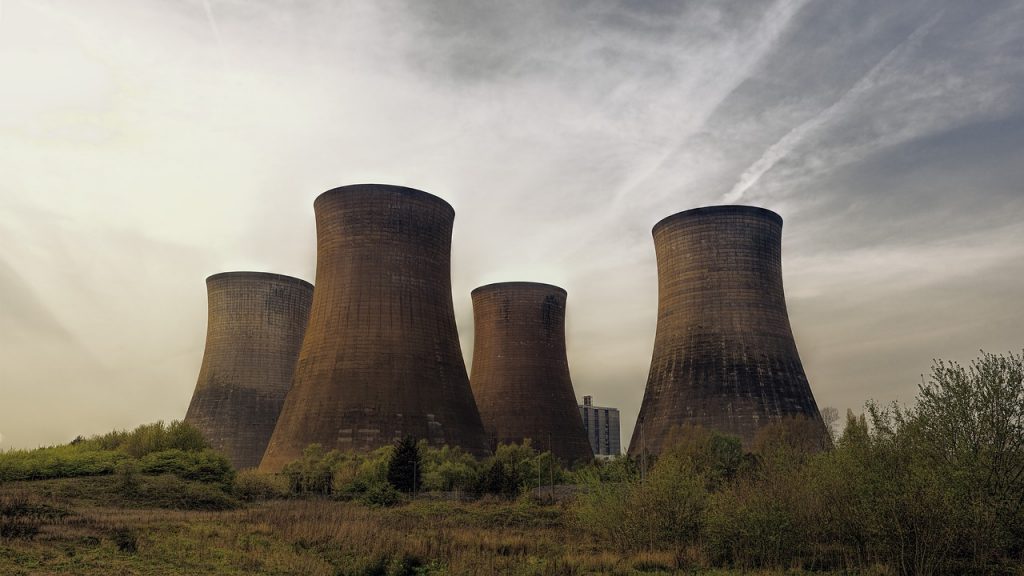Nuclear Power Facilities Are Making A Comeback In The United States
Nuclear power, once used as a source of energy in the US, is gaining traction again as the government looks to transition to cleaner more renewable energy alternatives.
This article is more than 2 years old
While clean energy has received massive attention worldwide, nuclear energy is another power source gaining more traction lately. Since the uptick in costs for electricity in the United States and the United Kingdom, governments are looking for cheaper fuel sources to provide economically favorable power. Two giant corporations are acquiring Westinghouse Electric in a historic $7.9-billion deal.
Westinghouse Electric, which was formed in 1999, branched off from the Westinghouse Corporation, founded in the 1800s. This newer division focuses on producing nuclear power and has an equity value of $4.5 billion. The unprecedented deal marks a significant change in energy demand, where more corporations may have increased interest in nuclear sources rather than clean energy companies.
It’s no secret that corporations and governments want to move away from expensive crude oil and gas, which have skyrocketed in price throughout the pandemic. Moving to nuclear power could allow governments to spend less on providing their citizens with good energy. Nuclear power could also help countries reach their goals of having net-zero carbon emissions in the future since utilizing this energy source would put less emphasis on burning fossil fuels.
Uranium fuel supplier Cameco’s chief executive, Tim Gitzel, corroborated the idea that nuclear power facilities would be more lucrative for governments to invest in. Gitzel stated to Reuters that the world is witnessing the “best market fundamentals” for nuclear power in years, which pressures countries to investigate nuclear corporations and possibly strike deals with them. Cameco is one of the suppliers that will own a significant portion of Westinghouse, with a 49% stake in the company.

The Westinghouse acquisition led to two companies owning the nuclear power corporation: Brookfield Renewable Partners and Cameco. Brookfield Business Partners bought Westinghouse to bring the company out of bankruptcy in 2018 for $4.6 billion, including its massive debt. Though the new owner has plenty of charges to pay off, Brookfield Business Partners believes that the nuclear power facilities will produce billions of dollars in the upcoming years.
Brookfield Business Partners stated that selling its majority stake in the company to Brookfield Renewable Partners and Cameco would produce $1.8 billion for the former owners. Brookfield Business Partners alluded to selling its stake in the company years before the acquisition but mostly implied a minority stake relinquishment. Today, the former owners sold 44% of their stake in Westinghouse, which cost $2.3 billion for the unparalleled deal.
Cameco paid slightly less for the nuclear power acquisition, incurring a debt of $2.2 billion. The uranium company stated that this substantial cost would be found with cash, equity, and debt. Regardless, both acquirers believe nuclear power will be in significant demand over the years, which could reimburse their lofty purchase in no time.
Both Canadian corporations stated they would be constructing new facilities at Westinghouse to refine and produce nuclear power. They noted that utility and modular nuclear power generators would be created on a massive scale, as well as smaller generators which would be more portable. The companies are emphasizing the creation of movable generators, like developing a molten salt reactor that would fit in the back of a semi-truck.




